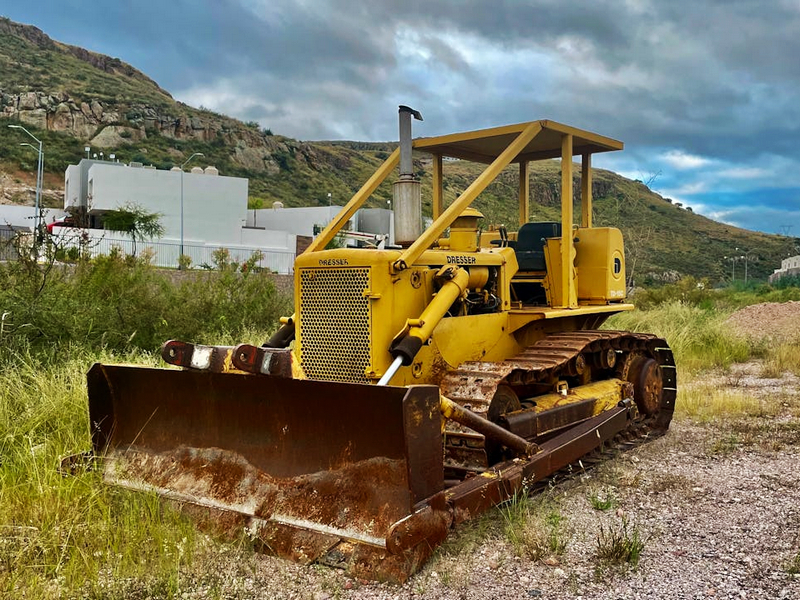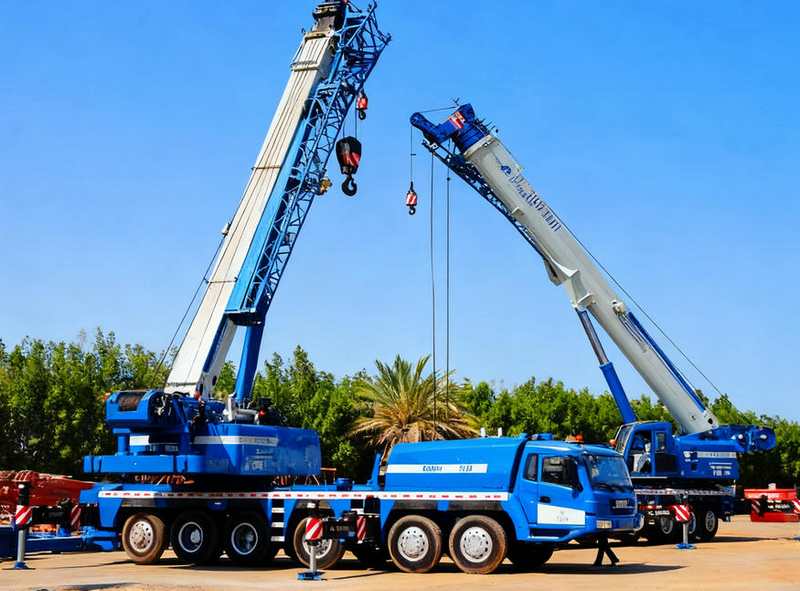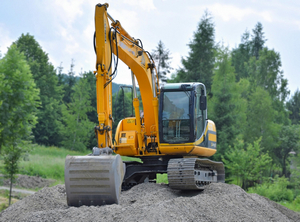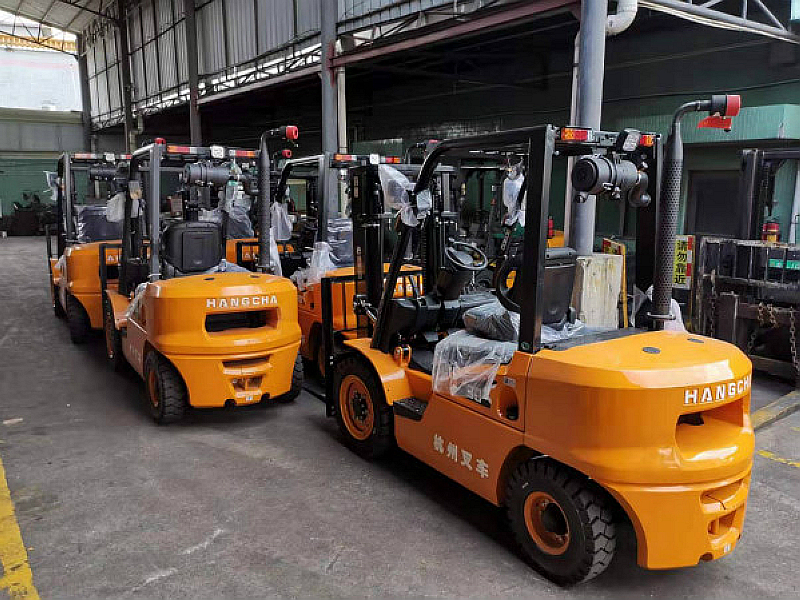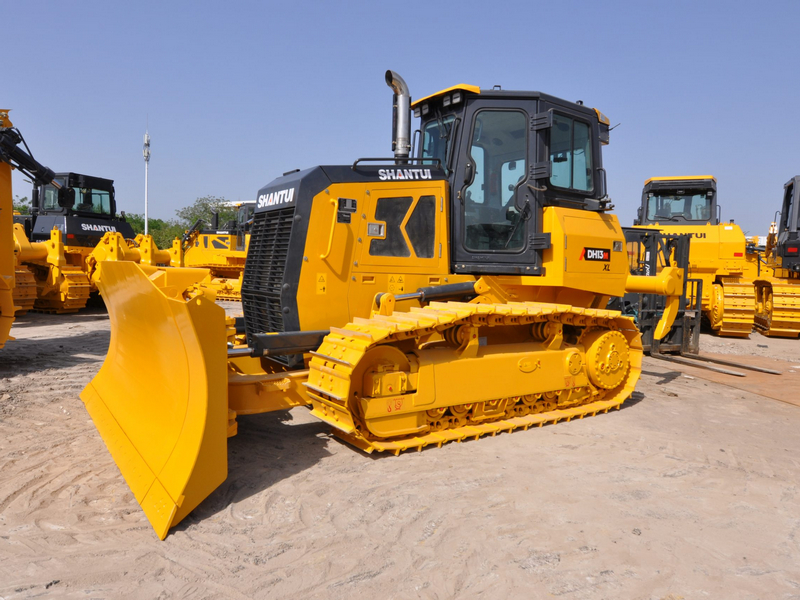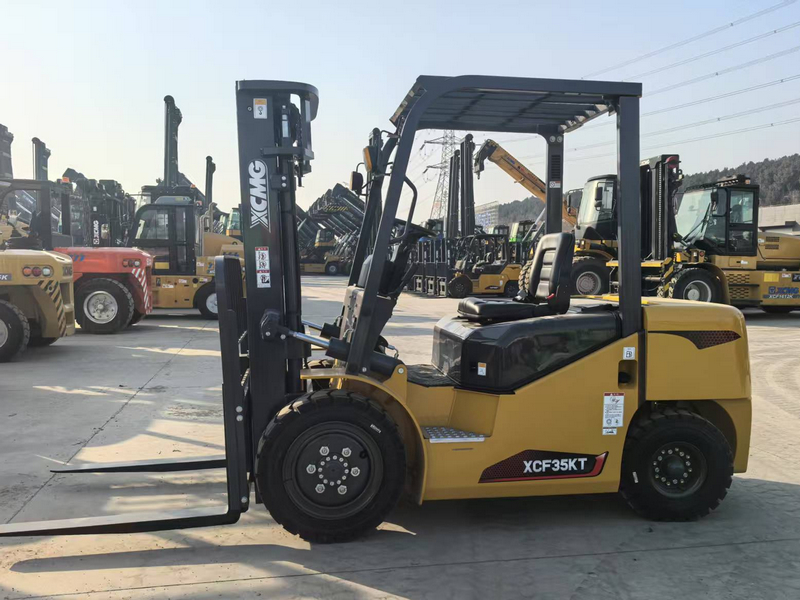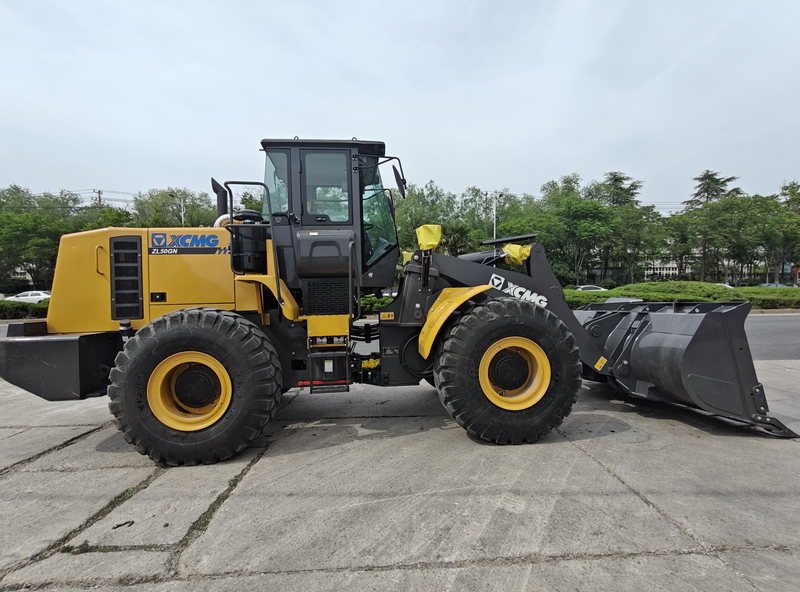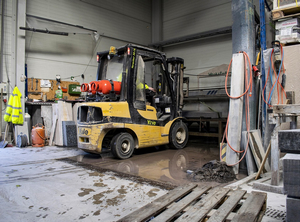According to the latest forecast of the meteorological department, the first typhoon “Butterfly” in 2025 has been generated in the South China Sea on June 11, and is expected to land on the coast of Hainan from Lingshui to Ledong in the early morning of June 13th to the morning. Landfall winds may reach 10 to 12 (strong tropical storm to typhoon level, 25-33 m / s), the coast of South China and the north-central South China Sea will face continued strong winds and heavy precipitation.
In the face of the risk of extreme weather challenges, tower cranes as high-risk equipment, how to ensure its safe and stable operation in extreme weather has once again become the focus of industry attention. To this end, each construction site urgently deployed windproof plan, combined with the characteristics of typhoon and tower crane windproof specification, comprehensively strengthen the technical and management measures to ensure the safety of equipment and personnel.
Multiple Strategies to Reduce Tower Wind Load
Under the premise of safeguarding the site conditions, the technical team effectively reduces the tower wind area and wind load by lowering the independent height of the tower or the overhanging height above the attachment frame. It is reported that the destructive force of the wind on the tower is directly proportional to the square of the suspended height, and reducing the height can significantly improve the structure's wind resistance.
In addition, part of the site to take the climbing frame down to the bottom of the tower or the last attachment point, so that the hanging plate direct force and wire rope to strengthen the fixation, there are also projects in the top corners of the tower body additional cable, from the structural source to improve the stability of wind resistance.
Attachment system and ancillary structure key inspection
In terms of the attachment system, the projects require on-site technicians to check the integrity and fastening of key components such as the attached wall frames, internal bracing rods, and pre-buried parts one by one, especially for the top two attachment points, which require internal bracing rods to be configured.
At the same time, the tower advertising signs, placards and other non-structural appendages are fully dismantled, and the balancing weights and other incompletely fixed components are additionally reinforced to maximize the exclusion of potential safety hazards caused by wind tearing and falling.
Enhance the overall structural stability of the tower crane
To ensure the overall structural stability of the tower crane, each unit has organized and completed the fastening inspection of all connecting pins and bolts of the tower crane, and conducted a reassessment of the structural bearing capacity of the building where the attachment point is located, to ensure that it has sufficient wind strength.
Realize 360° free slewing without obstacles
To cope with the uncertainty brought by the continuous change of typhoon wind direction, the technicians removed the main cable and control cabinet connection in advance, and loosened the slewing braking system, so as to make the tower crane in the mode of “free slewing with the wind”, and to avoid the risk of structural distortion and main cable breakage under the action of wind pressure.
In response to the requirement of some tower crane manuals for different arm lengths to be equipped with wind shield, the installation has also been completed in accordance with the technical standards to ensure the balanced rotation of the superstructure.
Electrical and Hook System Entered Protection Status
To prevent the electrical system of the tower crane from short-circuit accidents due to rain erosion, the projects have cut off the main power supply of the tower crane and shut down the distribution box, and at the same time, the hook has been closed to the highest point of the crane and the main cable has been fixed, so as to avoid collision damage of the equipment caused by the swinging of the crane in the wind.
Typhoon response entered the “three-stage” response mechanism
The uncertainty brought by the “Butterfly” typhoon prompted a further escalation of project management. Construction sites around the world generally launched a “three-stage” response mechanism:
· Pre-phase: Focus on typhoon movements, reserve wire rope, tools, support components and other materials in advance, and complete on-site tower reinforcement and personnel transfer preparations.
· Transit phase: tower crane stops running, non-essential power supply is cut off, and personnel are evacuated to a safe area.
· Aftermath phase: qualified professionals check the tower structure, electrical system and all kinds of safety devices one by one to ensure that there is no abnormality before re-activation.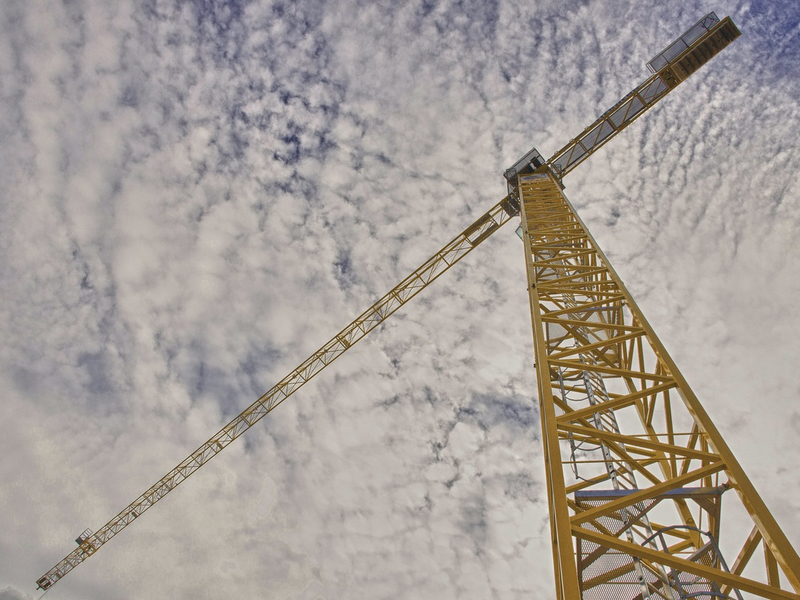
As the typhoon is approaching, each project department must act quickly to implement all windproof measures to ensure the safety of the tower crane. Any negligence may bring serious consequences, so be sure to stand by and take full precautions.
-
CATERBE Company Halloween Outing Day2025 / 10 / 31
-
CATERBE One Year Anniversary, Go Further Together2025 / 07 / 01
-
CATERBE Visited Wuyuan, Went to the Poetic Journey2025 / 06 / 05
-
CATERBE 2025 Annual Meeting: Gathering Together to Move Towards Brilliance2025 / 01 / 17
-
CATERBE Celebrates Christmas with Endless Joy2024 / 12 / 25
-
CATERBE's Housewarming Celebration2024 / 11 / 11
-
CATERBE Halloween Carnival: A Unique Two-Day Celebration2024 / 11 / 01
-
ZOOMLION Empowers Chinese Cranes to Go Global2025 / 11 / 24
-
YTO Group Appears at ICE&PE 20252025 / 11 / 14
-
New Electric Power! LGMG Makes a Splash at LogiMAT Southeast Asia2025 / 10 / 20
-
XCMG Crane Wins Prestigious Asian Award2025 / 10 / 11
-
ZOOMLION's Self-Developed Power Batteries Successfully Pass New National Standard Tests2025 / 09 / 15
-
LINGONG Heavy Machinery Partners with Equipment Provider at Finland's Maxpo Exhibition2025 / 09 / 02
-
LIUGONG's Truck Cranes Demonstrate Their Capabilities in Complex Operating Conditions2025 / 08 / 18




